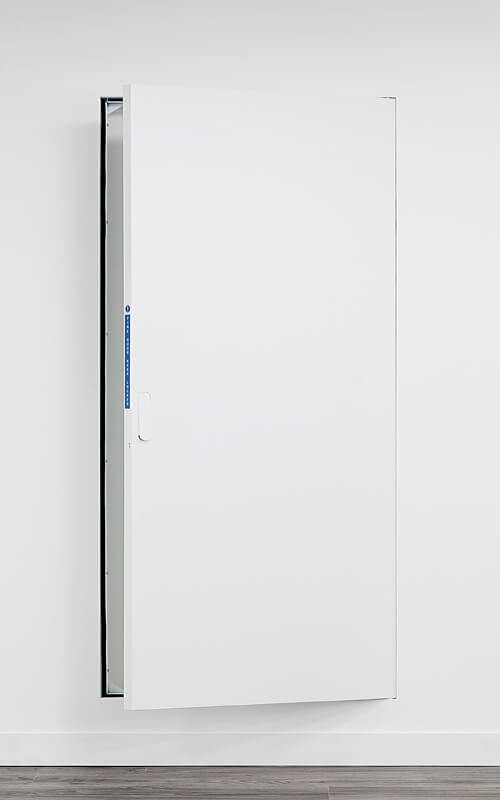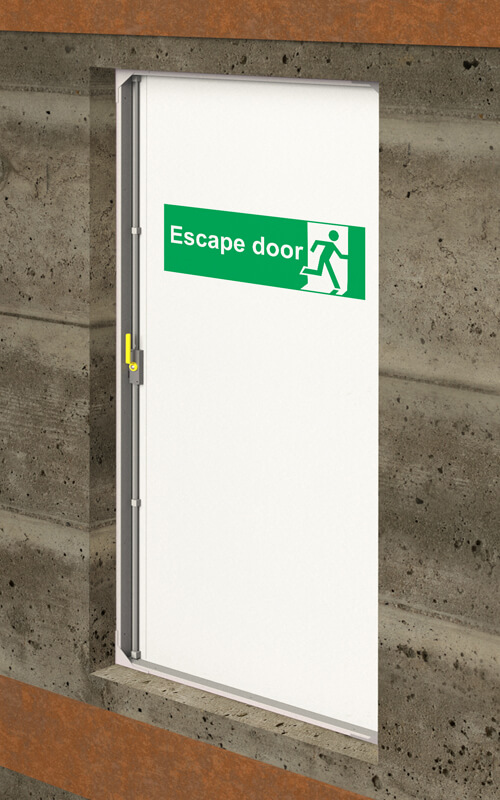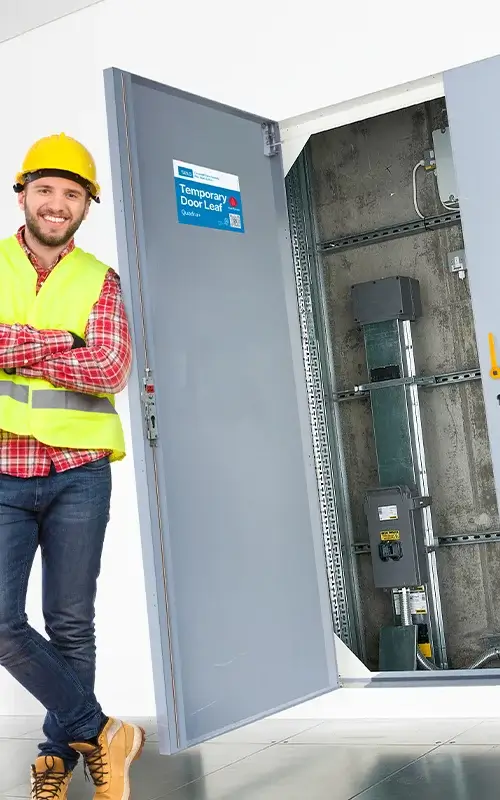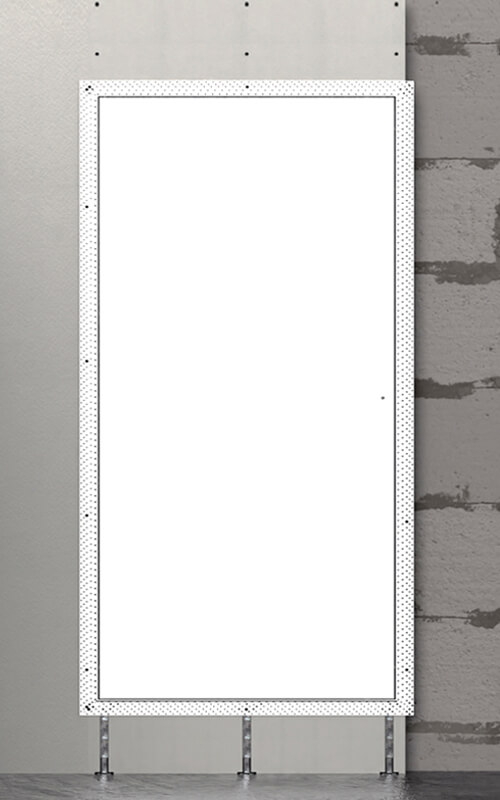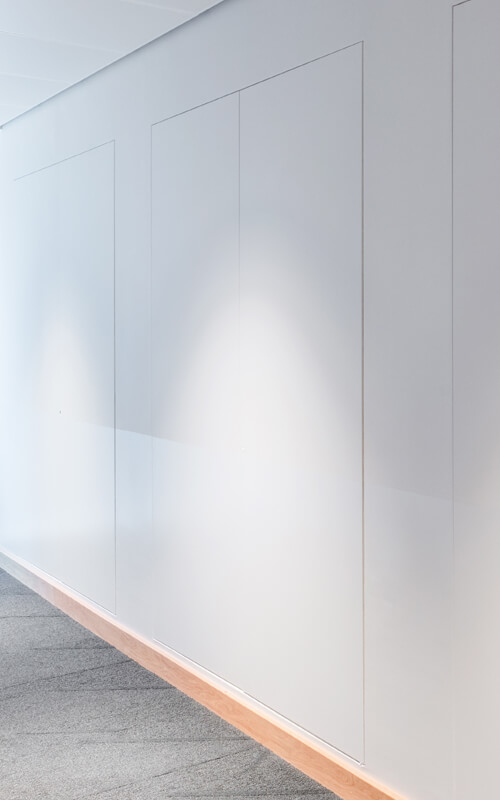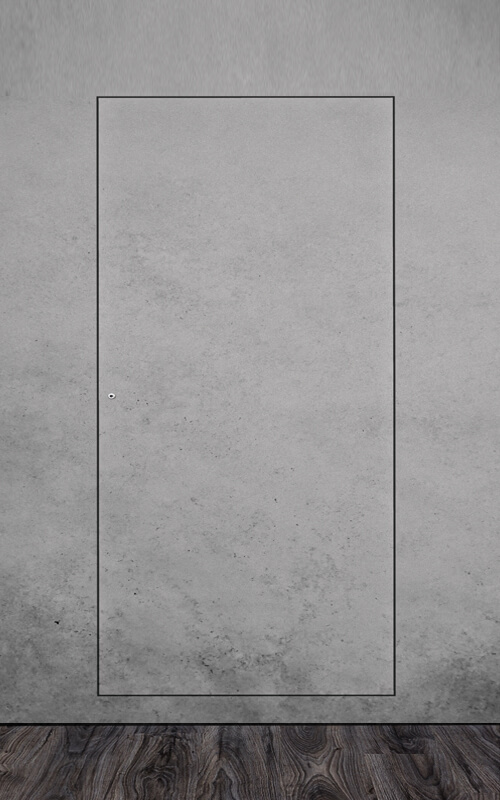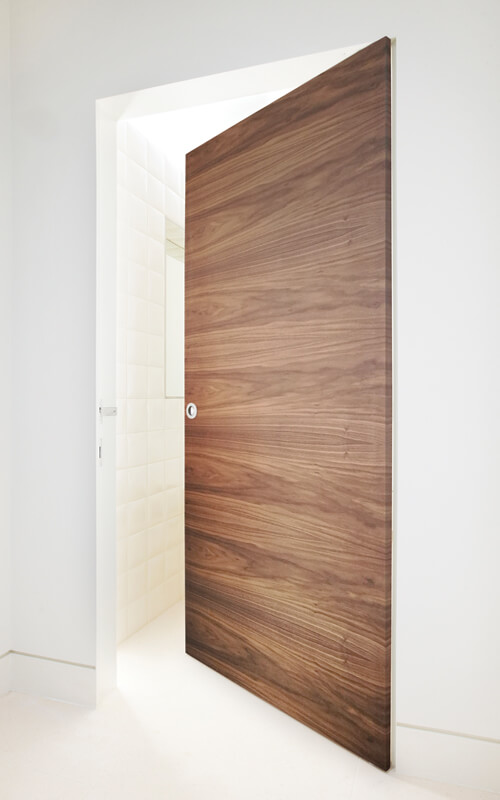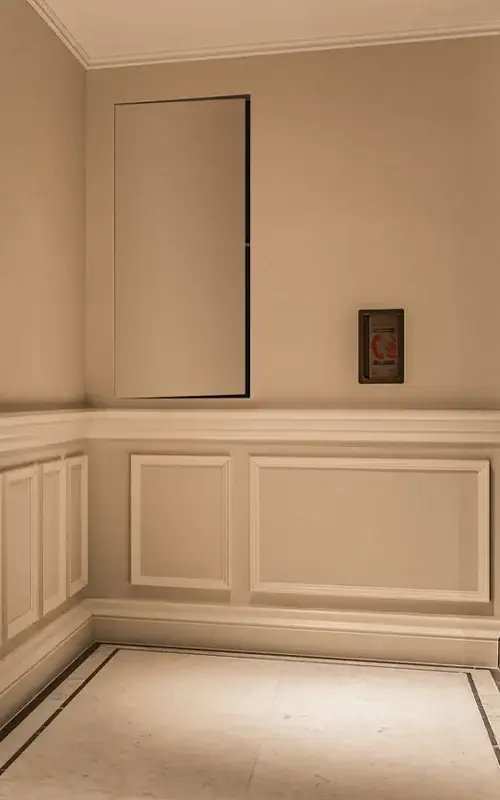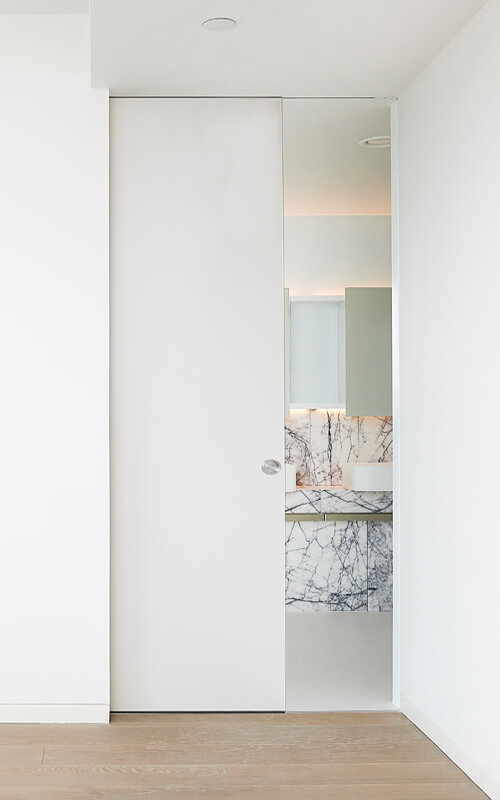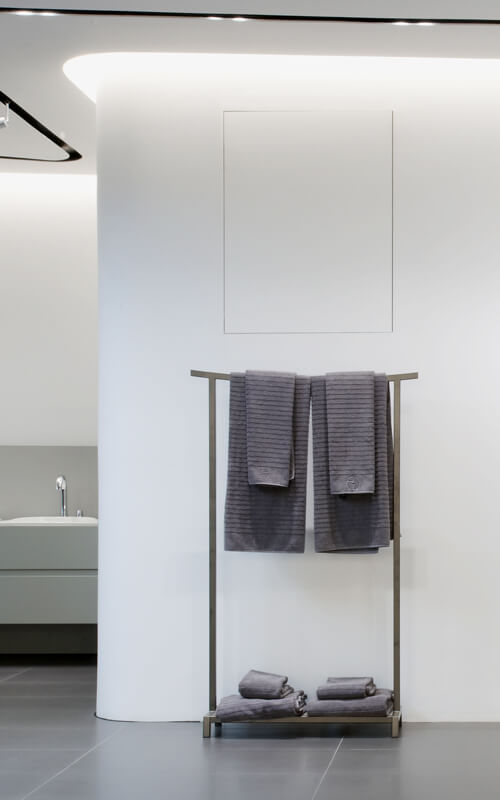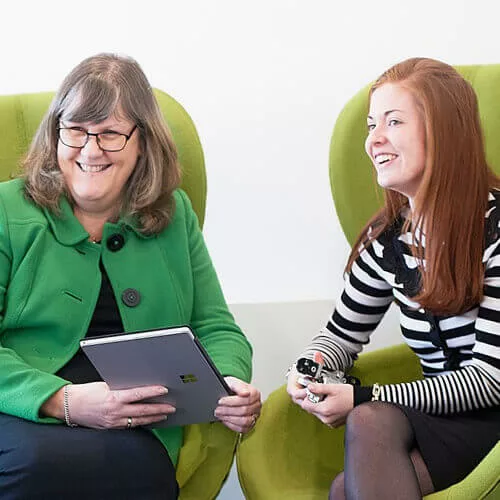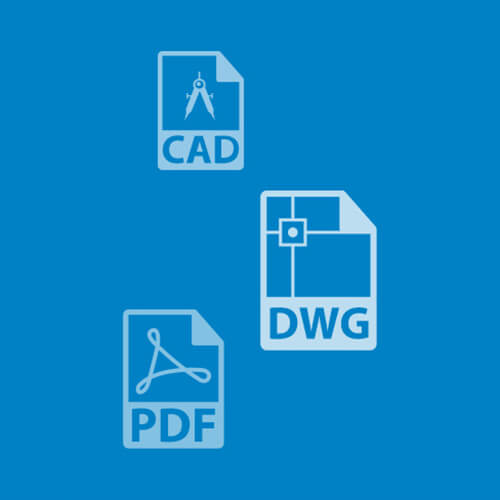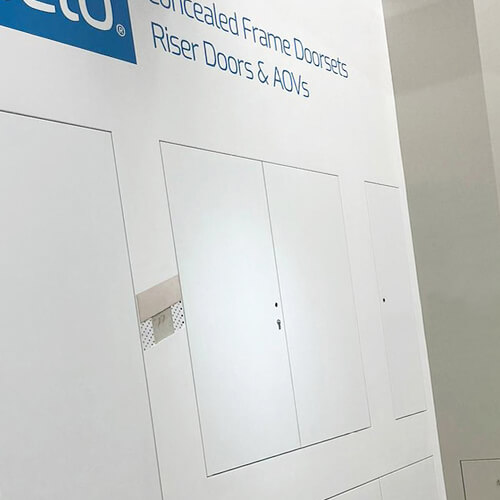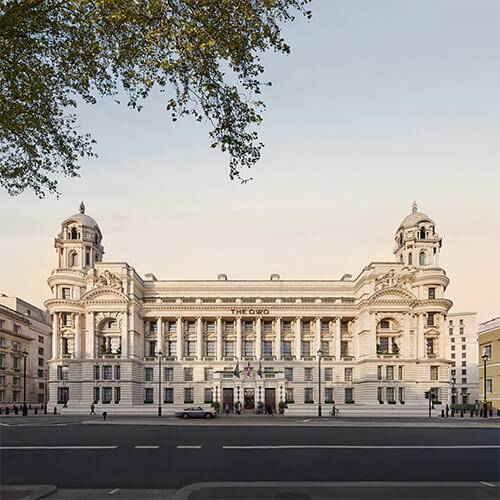
Here are 5 things you probably didn’t know about Apple’s futuristic and innovative new campus.
Ever since Steve Jobs first presented his proposal for Apple’s ‘Spaceship’ Campus in 2011, the architectural world has watched on with interest to see what one of the world’s richest and most innovative tech companies would come up with when it came to designing and building an office building from scratch. The result, which was finally unveiled in full in April of this year, was a 2.8 million square foot mega campus, which will house as many as 13,000 employees.
Much has been said and written about this spectacular campus, but we’ve dug a little deeper and come up with five fascinating things you probably didn’t know about Apple’s new ‘spaceship’ campus.
The ‘spaceship’ shape was not in the original plans
In 2009, Steve Jobs commissioned Norman Foster, head of Foster & Partners and one of the world’s most experienced and respected architects, to design the projected Apple Campus. Foster explained to the Architectural Record that “It didn’t start as a circular building, it really grew into that. So the idea of one building with a great park was really born out of a very intensive process, with many models and many presentations.”
Foster was guided in the initial creation process by the classic design of a London square, where a square of houses surrounds a park. This idea eventually informed the final design with a circular building surrounding an outdoor park.
The campus is 100% energy efficient
There will be a staggering 700,000 square feet of solar panels on the new campus, as well as an ‘on-site low-carbon central plant’. This will enable the Apple Campus to operate on 100% renewable energy, including solar energy and biofuels. Steve Jobs’ successor, Tim Cook said of the campus’ energy efficiency, “Steve’s vision for Apple stretched far beyond his time with us. He intended Apple Park to be the home of innovation for generations to come. The workspaces and parklands are designed to inspire our team as well as benefit the environment. We’ve achieved one of the most energy-efficient buildings in the world, and the campus will run entirely on renewable energy.” Impressive stuff.
The landscaping of the campus actually caused a tree shortage
Despite the energy efficient aspirations of the Apple Campus, the creation of the green space on the site actually resulted in some local ecological problems. The campus itself is 80% green space, consisting of some 7,000 trees. When it came to the landscaping of this urban forest, Apple bought so many trees that it caused a tree shortage in the San Francisco area!
It cost...a lot
The original estimate for the Apple Campus was a modest $500 million dollars. Since then, however, costs have increased – dramatically. By 2011 the budget for the campus had run to $3 billion, and by the time it was finished the total bill stood at a whopping $5 billion dollars! Still, if anyone can afford to spend $5 billion on an office building, it’s Apple, who is currently sitting on a cool $250 billion in cash reserves.
There must be more than meets the eye
Finally, because 2.8 million square feet was never going to be enough to contain the ambitions of this project, the Apple Campus contains an entirely subterranean section. To avoid the site becoming cramped and spoiled with the sight of thousands and thousands of parked cars, the campus car park is actually located underground. The Steve Jobs Theatre, which seats 1,000 people, and was the location for the recent unveiling of the iPhone X, is also located underground and will continue to play host to product launches and Apple events for many years to come.
We at Selo are continuously inspired by Apple and its commitment to innovation and to the environment. Opinion on the Apple Campus itself has caused controversy and it seems that people either love it or hate it! What do you think?
If you’d like to discuss an upcoming project, get in touch – we’d love to hear from you.


